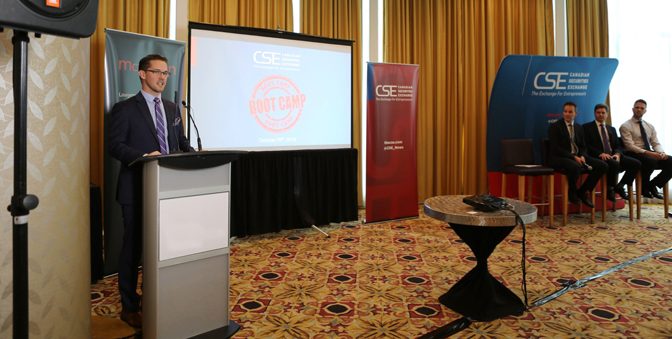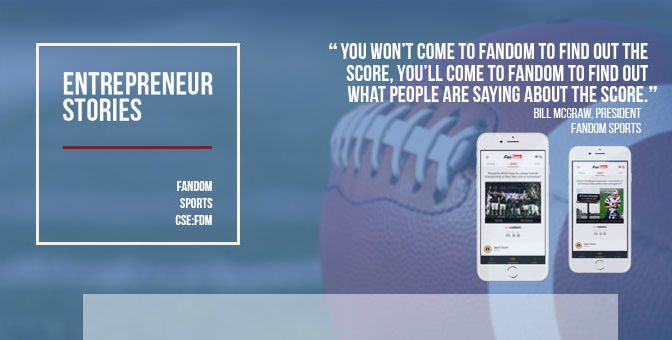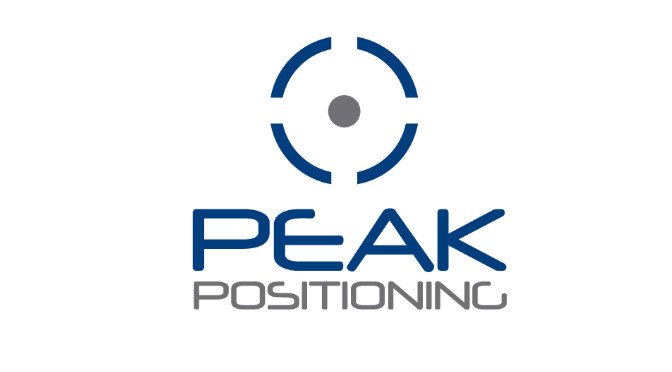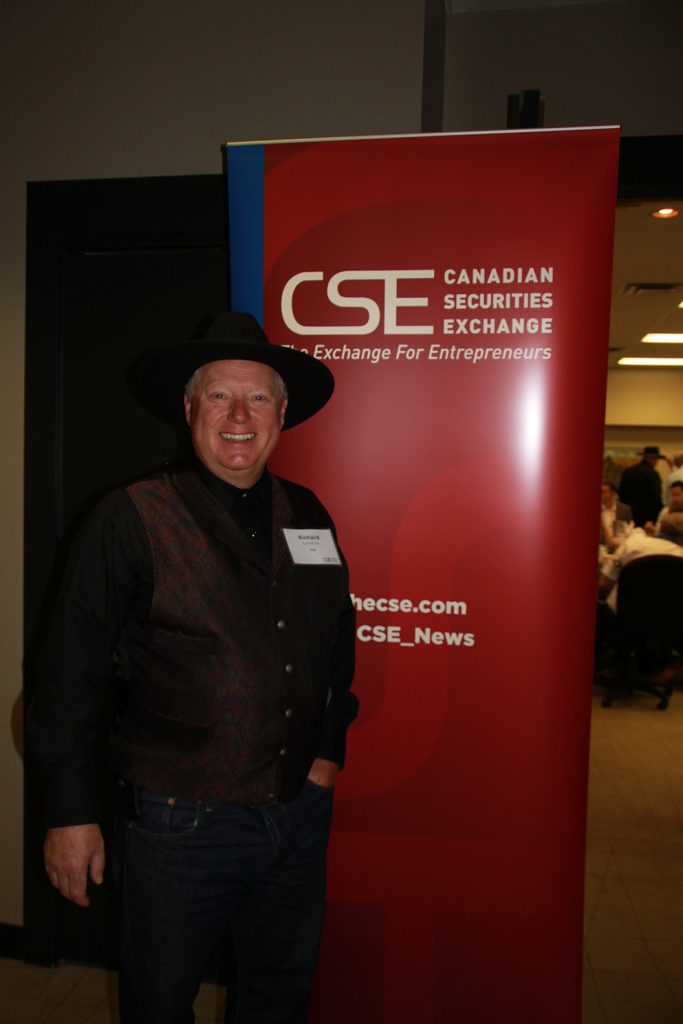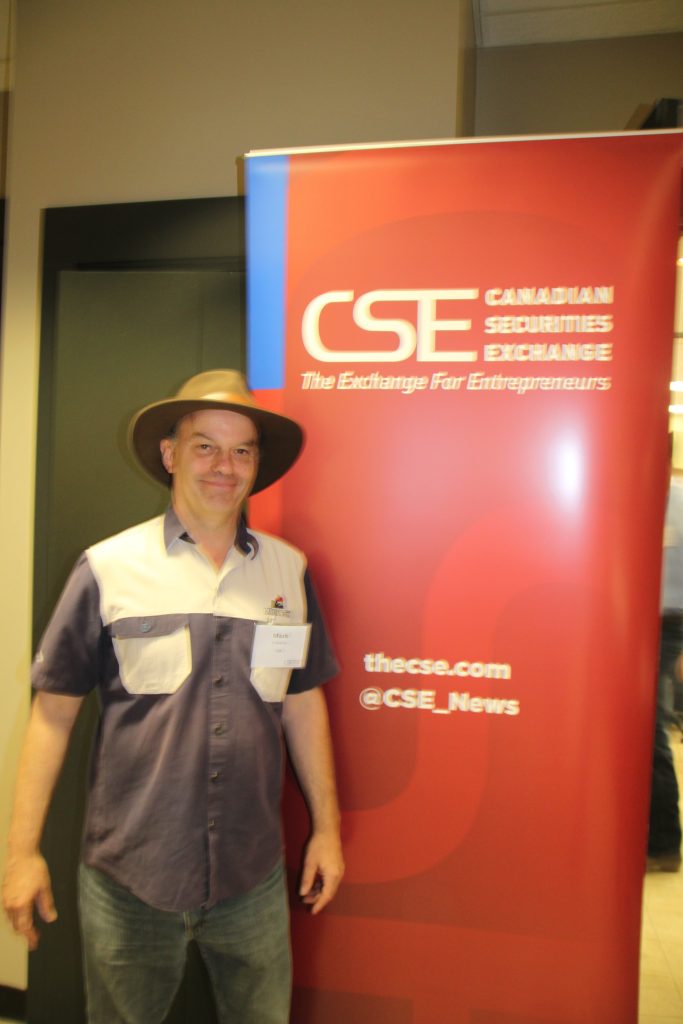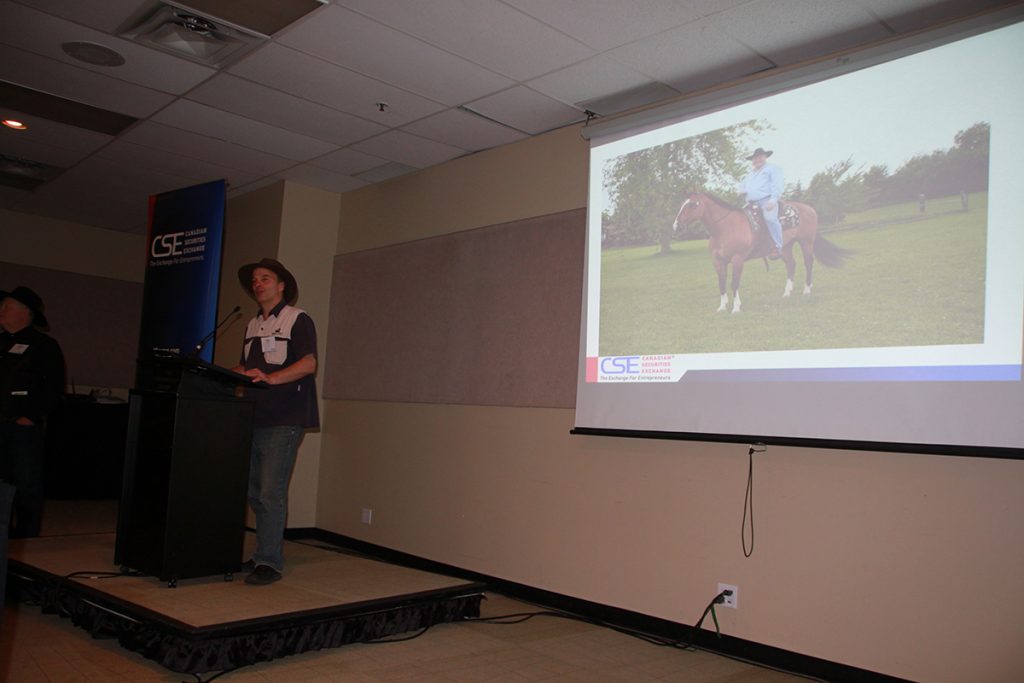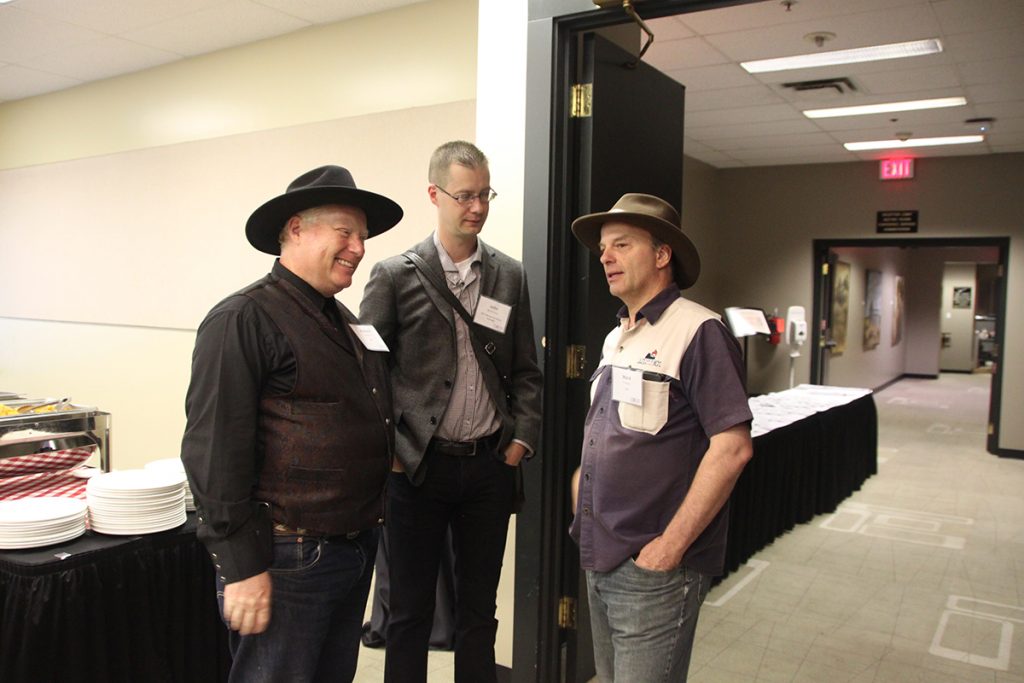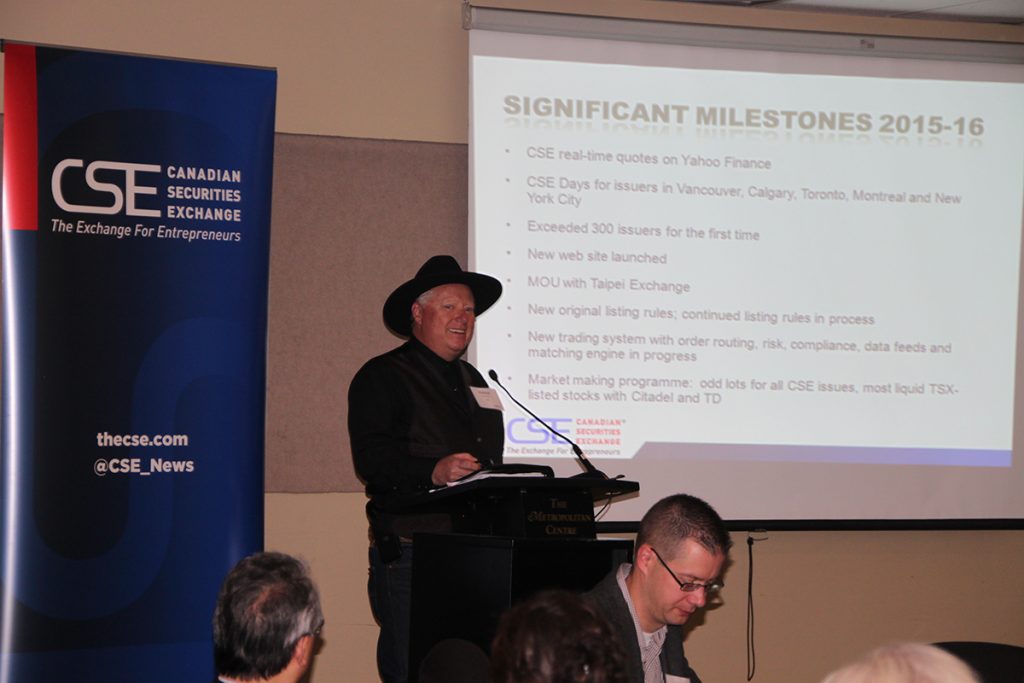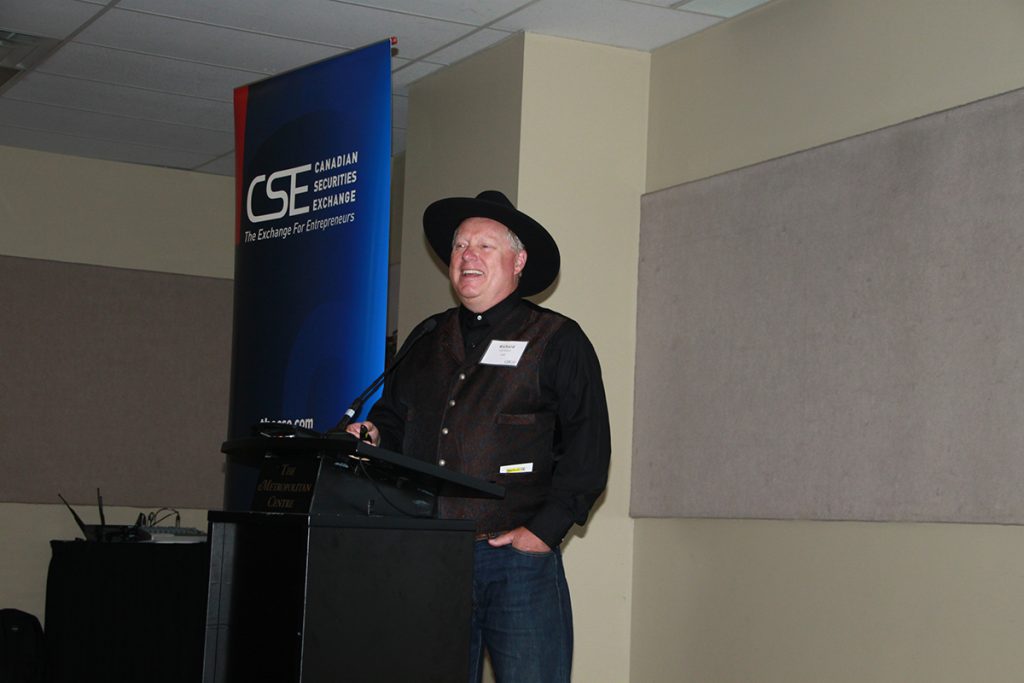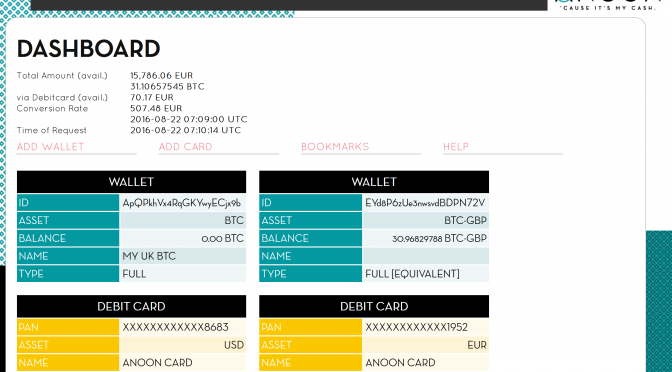Many people know the Canadian Securities Exchange as the Exchange for Entrepreneurs, but did you know that the people behind the CSE are a very colourful bunch?
From motorcycle instructors to master chefs, gospel stars to goal scorers, there are some talented individuals working to make the CSE not only Canada’s most innovative exchange, but also Canada’s most interesting one.
So, in keeping with the holiday spirit, staff at the CSE have put together an Advent Adventure that features a daily fun fact about a special skill, talent or quirky story of someone at the CSE.
Every day in December up to Christmas Day, one of these individuals will be revealed. Follow the clues on Twitter or Facebook.
Think you can guess who it is? Scroll down below for the clue and the link to an answer.

Day #25

On behalf of the entire team at the CSE, we want to wish you and your loved ones the very best for this holiday season! Thanks for playing along for the Advent Adventure, we hope you’ve learned some interesting and fun facts about the people behind the Exchange for Entrepreneurs.
Day #24

As the president of a hockey league, his oval office is actually made of ice. Find out which CSE team member spends his time helping future hockey stars develop here.
Day #23

With only two more clues left in the Advent Adventure , this one is the ultimate challenge. So, what does Santa have in common with this CSE team member? They both like flying objects. Think you can figure out who it is based on the disc-ription? If not, here’s the answer.
Day #22

Although he enjoys playing in the snow, as a true entrepreneur, this CSE team member is asking Santa for an angel investor or two to make it rain. Oh and some skis. Think you can guess who today’s clue is? Find out here.
Day #21

The only thing sketchy about this CSE team member is that he likes to keep his hidden talents as an artist on the down-low. Think you can connect the dots on this mysterious artist? Find out who likes to colour between the lines here.
Day #20

Not only is this CSE team member great at balancing numbers, he’s also got great balance period. Think you know who at the CSE gets a real kick out of keeping the numbers in line in this accrual world? Find out the answer here.
Day #19

Some people set goals, some people score goals and this CSE team member does both. Among his many claims to fame, he once shocked the ‘electric city’ of Peterborough by scoring 7 goals in one hockey game. Take your best shot at guessing who today’s clue is about.
Day #18

This CSE team member knows how to have boatloads of fun. From the balmy beaches of Toronto to the tropical shores of Hawaii, this CSE team member is always up for the row less traveled. Canoe guess who today’s clue refers to? Find out here.
Day #17

After 16 rounds we’re nearly at the end of the Advent Adventure and as we head into the home stretch, today’s clue is on par with the best of them. This CSE team member is an avid golfer, has played on most of the world’s best courses (including Pine Valley) and will be headed to the Masters this year in Augusta. Take a shot at guessing the fairway or find out who it is here.
Day #16

You’ll have to try extra hard to guess the answer to today’s pitch perfect clue. This CSE team member is not afraid of a good scrum & loves to cheer on Team Canada, the Glasgow Warriors & New Zealand’s All Blacks. Think you can guess who it is? Click here to find out.
Day #15

Everything was awesome for this CSE team members’ intrepid adventure into the Sahara Desert. Among his claims to fame is that there are very few regions of the world in which he could not find a comfortable spot to take a nap. Find out who today’s clue refers to here.
Day #14

From blockbusters to flops, this master of montages has scene them all. This CSE team member has been keeping it reel as a film critic for over seventeen years. Find out who you’ll want to help you choose your next Netflix video here.
Day #13

He’s traveled near and far, but for over 19 years, this CSE team member has managed to avoid watching Titanic. Not to worry, his heart will go on and you will have him to thank for getting the movie theme song stuck in your head for the rest of today. Find out who today’s clue refers to here.
Day #12

This “foodpreneur” is no stranger to hard work. Having run her own catering business as well as a few half marathons, this CSE team member kneads no introduction. Think you can guess who it is? Find out here.
Day #11

While working at the CSE is this team member’s mane gig, she certainly likes to horse around outside of the office. Think you know who today’s clue refers to? Better hop to it then, it won’t be around furlong. Find out who it is here.
Day #10
Adventure is this CSE team member’s middle name. This intrepid globe trotter recently cruised the coastlines of the Adriatic Sea where the only servers he had to deal with were the ones who would ask him what kind of drink he wanted. Find out who today’s clue refers to here.
Day #9

From MAC addresses to mag wheels, this CSE team member is the unofficial combination of Mr. Robot and Top Gear! Find out who today’s clue refers to here.
Day #8

Not only did this CSE foodie flex his brunch building prowess in a televised competition, but he proved his icebreaking skills are unrivaled. Find out who smashed his way into our hearts here.
Day #7

Not only did this CSE team member break hockey sticks, but he also broke records as the youngest assistant coach of Stanford University’s hockey team in school history. He may also be the best dressed house league coach ever, although that’s yet to be confirmed. Find out who this acclaimed style savvy advent adventurer is here.
Day #6

Even though this CSE team member has not been a wedding singer but that hasn’t stopped him from appearing in a televised wedding. Find out who today’s clue refers to here.
Day #5

As the lead instructor at one of Canada’s most recognized riding schools, this CSE team member teaches motorcycle riders how to (safely) live at full throttle. Find out who today’s advent adventure clue is about here.
Day #4

Tony Stark might take a cue or two from this CSE iron man who’s ran, biked and swam his way to 10 half-ironman races across North America and the Caribbean. Think you can catch today’s advent adventurer? Find out here.
Day #3

With a passion for music, a pair of gospel albums and a new single in the works for 2017, this CSE team member is one half of the real life sister act HerCastleGirls. Find out which CSE staff member is bringing together fashion, music and business here.
Day #2

This CSE staff member has been walking the walk, literally every year, in support of a great cause since 2002. The annual Walk So Kids Can Talk celebrated their 15th anniversary this year and has raised money and awareness for child and youth emotional health and well-being and directly supports Kids Help Phone. Think you can guess which CSE team member has been there every step of the way? Find out here.
Day #1

In 2015, an avid fan of Murdoch Mysteries and William Shatner found himself to be the catalyst in bringing one to the other in the infamous episode entitled Marked Twain. Here’s the backstory behind the episode and the tweet that proves it. Curious which CSE team member it is? Find out here.



